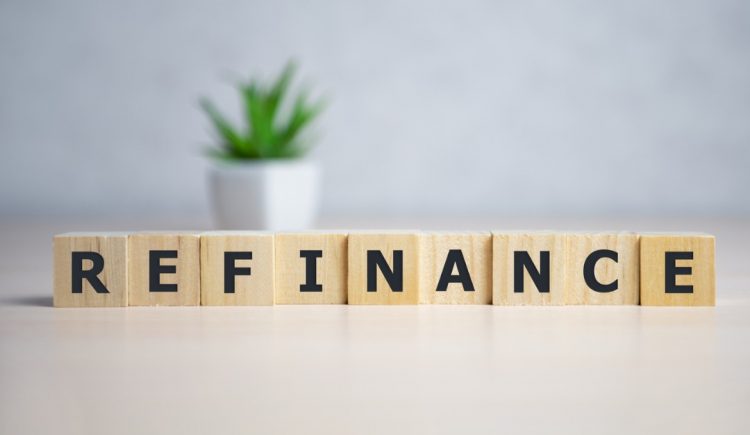Refinancing your home loan can help you lower your monthly payments and reduce the total amount that you’ll have to pay in interest. Interest rates go up and down, and your personal circumstances can change multiple times while you own your house.
If you want to refinance, some lenders will require you to wait a minimum amount of time after taking out your first loan, but there’s no limit on the number of times you can refinance. Carefully weigh the pros and cons to figure out if refinancing multiple times makes sense.
Why You Might Want to Refinance More Than Once
Maybe interest rates have fallen recently, and current mortgage rates are lower than the rate you got the last time you refinanced. Refinancing again and locking in a lower rate might significantly reduce your monthly payments and save you thousands of dollars over the remaining loan term.
Perhaps you’ve paid off other debts and your credit has improved. In that case, your higher credit score might make you eligible for a lower interest rate and substantial savings.
You might want to refinance because your income has changed. If you’re making more money now than you did previously and you can afford higher monthly payments, refinancing to a shorter loan term might help you pay off your mortgage several years earlier than you originally planned.
If your income has fallen, you might be struggling to keep up with your mortgage payments. Refinancing to a longer term can reduce the amount you’ll have to pay each month, but it will cost you more in interest over the life of the loan.
Possible Costs of Refinancing
Any time you’re thinking about refinancing your mortgage, you’ll have to weigh your potential savings against the costs. If you refinance, you’ll have to pay closing costs, which are usually several thousand dollars.
If you plan to continue living in your house for the foreseeable future and you’re confident that the amount you’ll save will be more than the upfront cost, refinancing can be worth it in the long run. If you won’t save enough to cover the closing costs, or if you might move before you break even, it might be better to stick with your current loan.
Some lenders charge prepayment penalties if borrowers pay off their loans ahead of schedule. Refinancing a mortgage pays off the existing loan and replaces it with a new one. If your lender charges a prepayment penalty and you refinance, that fee can reduce or eliminate your potential savings.
Figure out What’s Best for You
Everyone’s situation is different, and circumstances can and do change. You can refinance your mortgage as many times as you want, as long as your credit score, debt-to-income ratio and home equity meet a lender’s requirements.
Refinancing more than once may or may not be the best move for you. Get quotes from a handful of lenders, look at your potential savings and costs and decide whether refinancing again is right for you.











